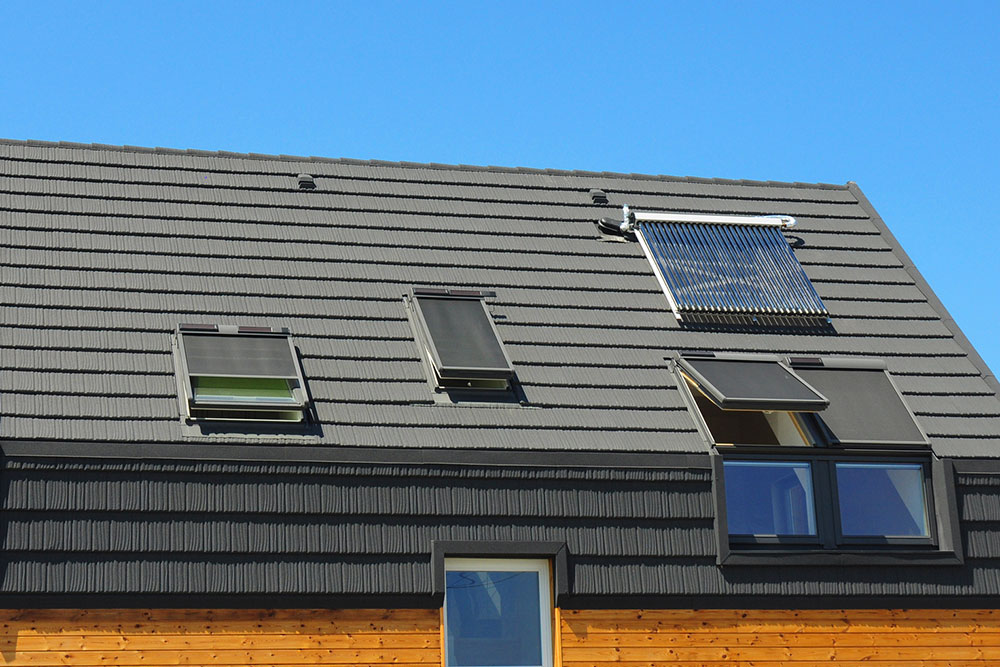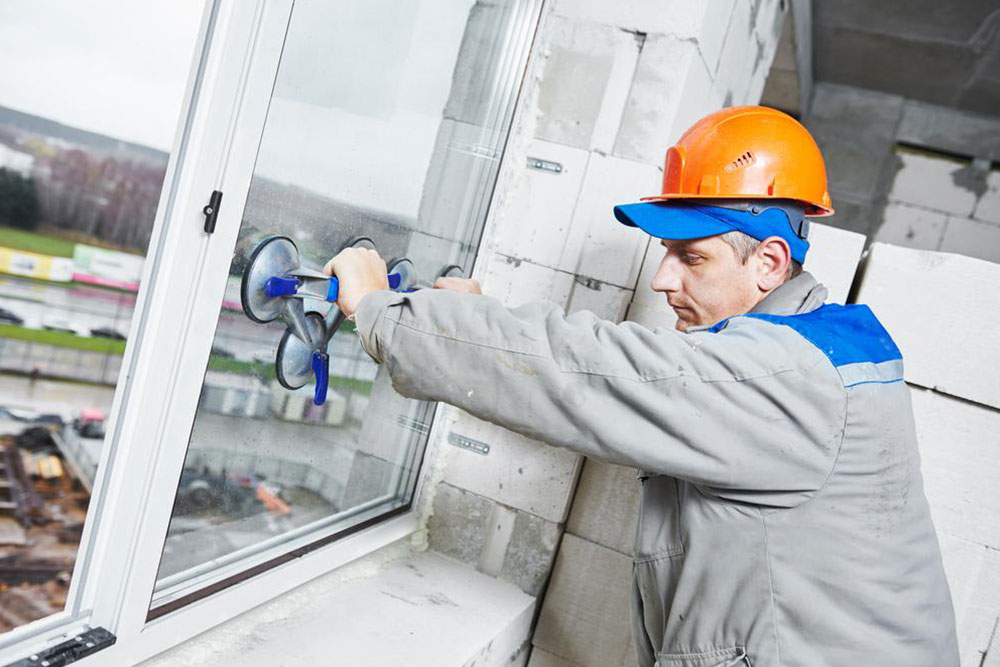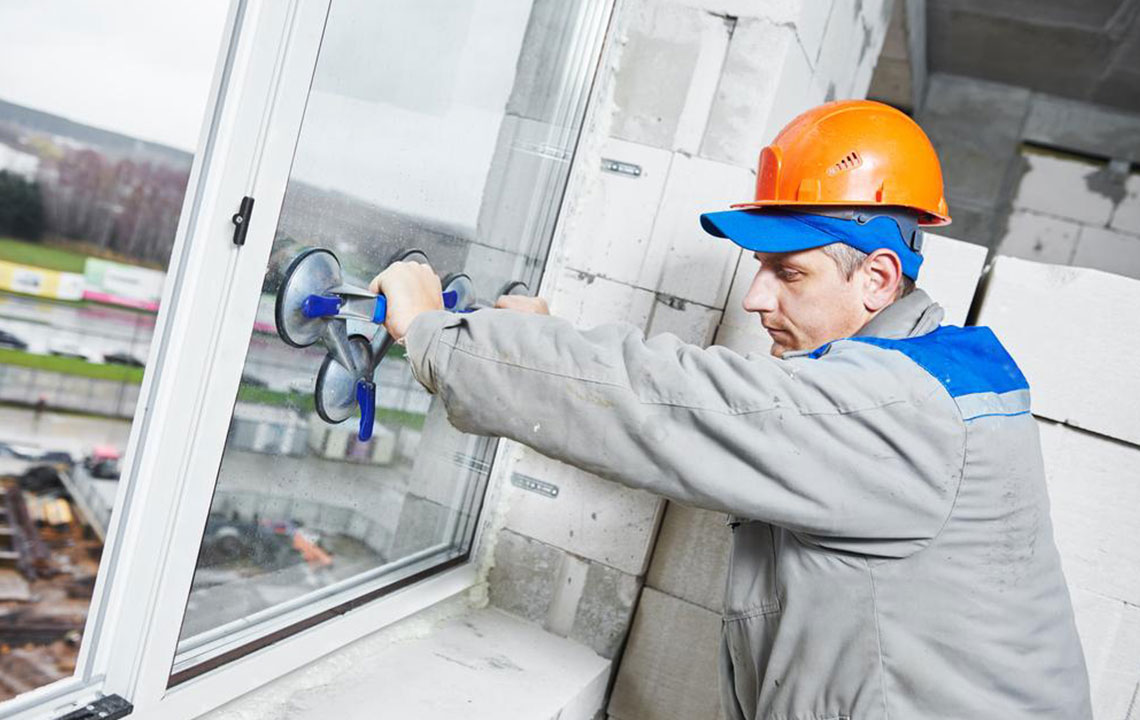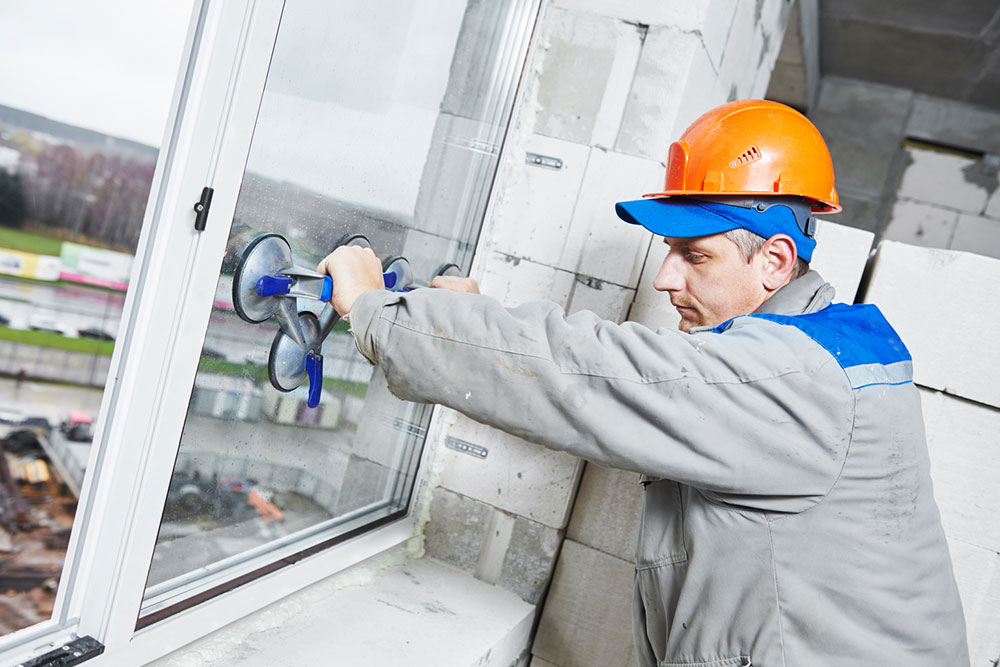Essential Tips for Selecting Energy-Saving Windows
Discover essential tips for choosing energy-saving windows, including proper installation, strategic placement, and the importance of complementary interior treatments. Learn how NFRC ratings help identify efficient products, and explore different window styles and framing options to maximize your home's energy performance. This guide ensures you make informed decisions for a more comfortable and eco-friendly living space.

Essential Tips for Selecting Energy-Saving Windows
Energy-saving windows are crafted to prevent warm or cool air from escaping your home. Retaining conditioned air conserves energy, reducing the workload on HVAC systems and lowering electricity bills. These windows help keep indoor temperatures steady year-round, enhancing comfort while promoting sustainability by minimizing carbon emissions.
1. Use Complementary Interior Window Coverings
In addition to choosing high-quality energy-efficient windows, selecting appropriate interior treatments such as curtains and blinds is crucial. Proper coverings control the amount of outside air entering through the windows and enhance overall efficiency. Thermal curtains trap air during winter, preventing drafts and cold infiltration, while during summer, they help keep spaces cool. Blinds also reduce solar heat gain in warm seasons and assist in heat retention in colder months, optimizing window performance.
Look for the NFRC label when selecting windows. The National Fenestration Rating Council certifies products based on their energy efficiency, providing ratings such as the Solar Heat Gain Coefficient (SHGC), U-value, and visible transmittance. These indicators reveal how well a window insulates, blocks heat, and allows natural light, ensuring you choose truly efficient products.
2. Proper Installation and Placement are Key
Accurate installation and strategic placement are vital for maximizing window performance. Proper fitting prevents air leaks and water intrusion, safeguarding your home and saving costs. Incorrect installation compromises energy efficiency, leading to drafts and increased heating or cooling needs. Consider adding thermal protection features like reflective glass coatings to reflect summer heat, UV-blocking layers to prevent fading, and insulation-enhancing coatings for winter warmth. Correct placement also considers sunlight patterns and climate conditions, further improving efficiency.
The location of windows influences energy consumption. For example, in colder climates, positioning windows to minimize heat loss is important, especially if trees shade certain areas, reducing solar gain. Consulting professionals during home design ensures optimal window placement for energy savings and comfort.
3. Select Suitable Window Frames
Window frames made from materials like wood or fiberglass offer strong insulation properties. Wood frames have low thermal conductivity, helping preserve indoor warmth, while fiberglass frames also provide effective insulation. Choosing the right frame balances aesthetic preferences with functional performance, ensuring your windows contribute significantly to home energy efficiency.
Window design influences energy performance too. Double-hung windows are classic but may allow drafts if not properly sealed. Picture windows provide good insulation depending on glass quality, while casement windows seal tightly when closed, offering excellent stability and energy efficiency. Selecting a window style aligned with climate, home architecture, and functionality helps maximize efficiency and aesthetic appeal.









